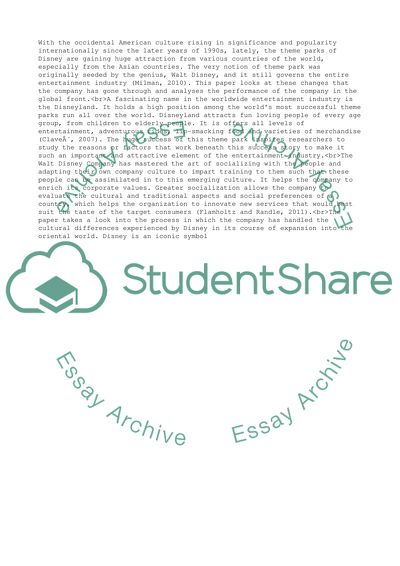Cite this document
(Disneyland Hong Kong Essay Example | Topics and Well Written Essays - 2000 words, n.d.)
Disneyland Hong Kong Essay Example | Topics and Well Written Essays - 2000 words. https://studentshare.org/business/1800205-disneyland-hong-kong
Disneyland Hong Kong Essay Example | Topics and Well Written Essays - 2000 words. https://studentshare.org/business/1800205-disneyland-hong-kong
(Disneyland Hong Kong Essay Example | Topics and Well Written Essays - 2000 Words)
Disneyland Hong Kong Essay Example | Topics and Well Written Essays - 2000 Words. https://studentshare.org/business/1800205-disneyland-hong-kong.
Disneyland Hong Kong Essay Example | Topics and Well Written Essays - 2000 Words. https://studentshare.org/business/1800205-disneyland-hong-kong.
“Disneyland Hong Kong Essay Example | Topics and Well Written Essays - 2000 Words”. https://studentshare.org/business/1800205-disneyland-hong-kong.


